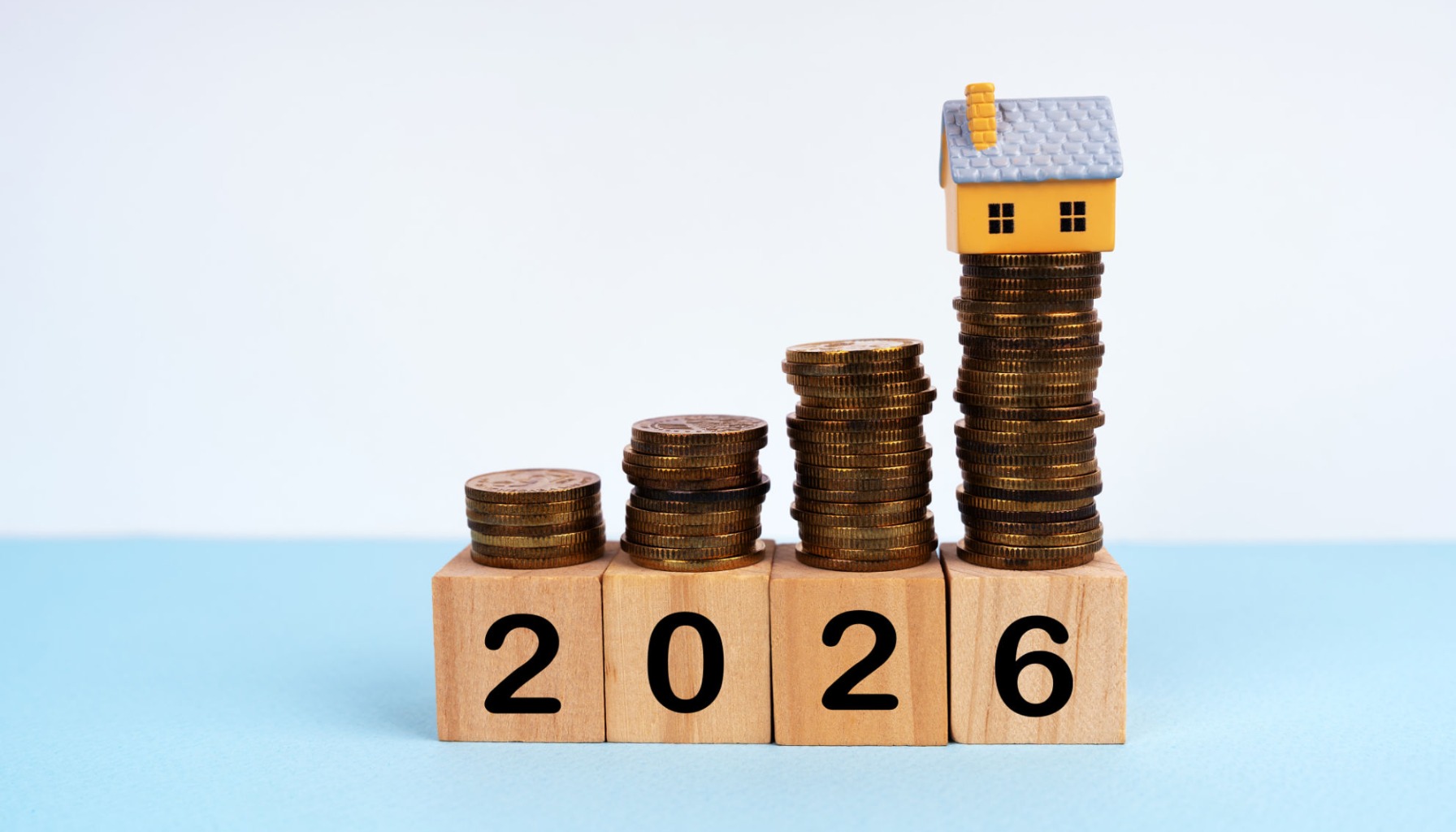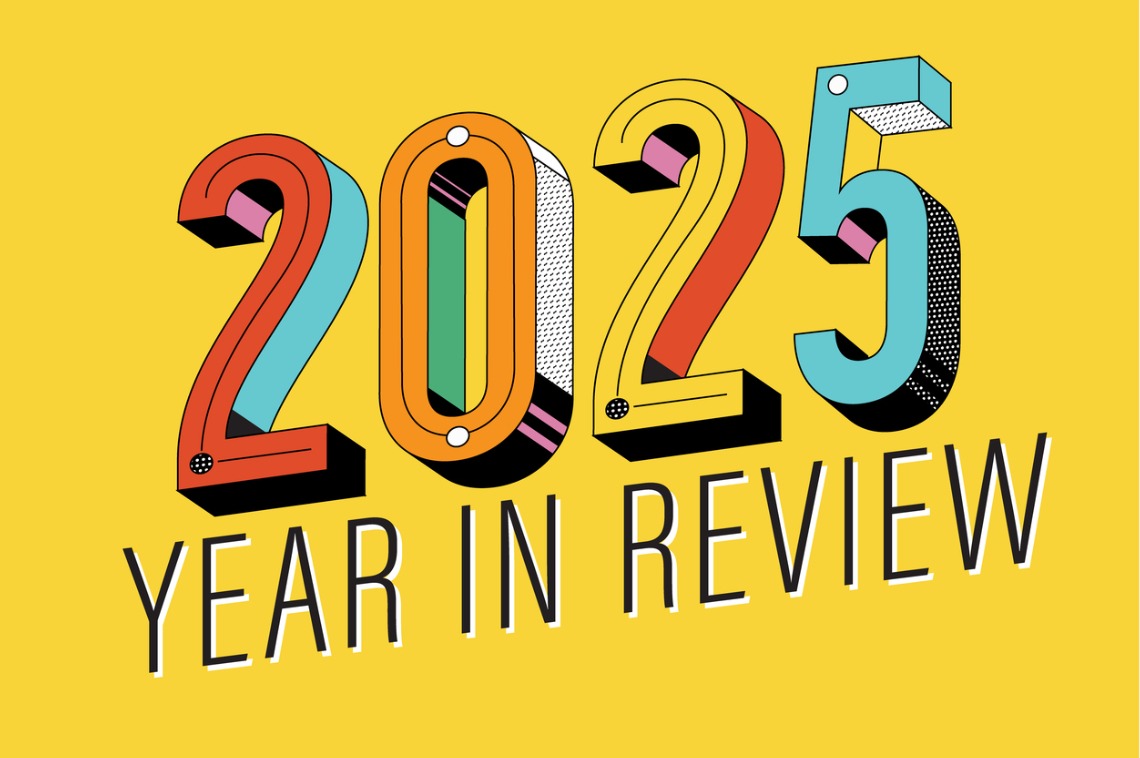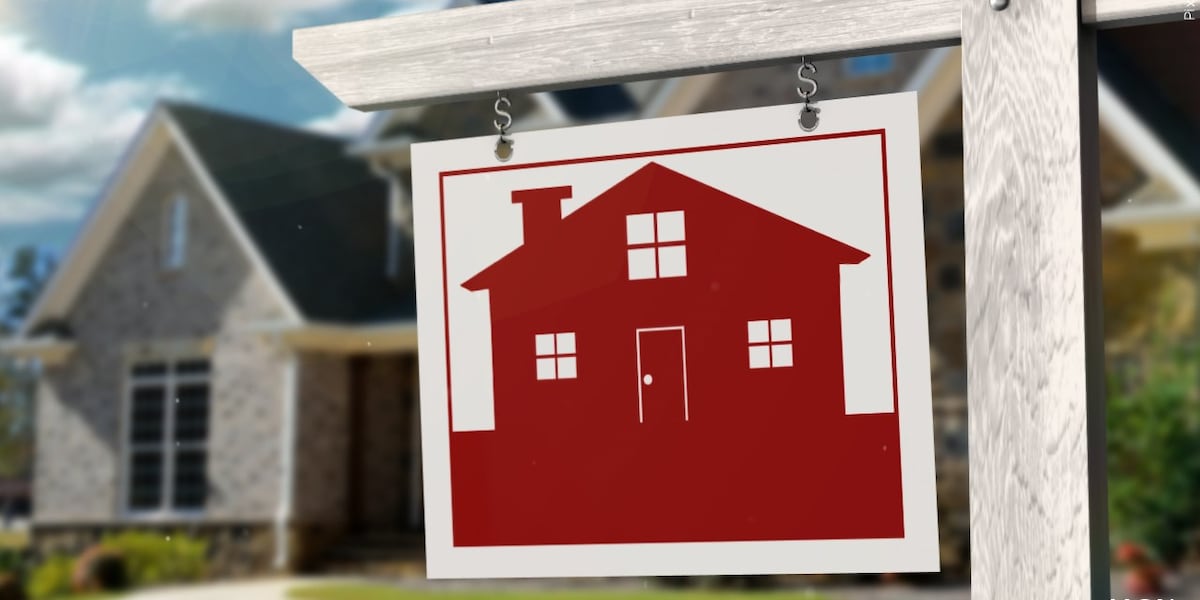I
f you've been waiting for mortgage rates to drop, the latest Fannie Mae predictions for 2025 and 2026 offer a clearer picture. While it's not the dramatic decrease we all hoped for, it signals a slow and steady path toward relief. According to their August forecast, the 30-year fixed mortgage rate will end 2025 at 6.5% and continue its gradual decline to 6.1% by the end of 2026.
Fannie Mae's Economic and Strategic Research Group is one of the most respected voices in the housing industry. Their forecasts help shape how lenders, builders, and homebuyers think about the future. Here are their latest predictions compared to previous ones:
* Mortgage Rate (End of 2025): 6.5% (up from 6.4%)
* Mortgage Rate (End of 2026): 6.1% (down from 6.0%)
* Total Home Sales (2025): 4.74 million (down from 4.85 million)
* Total Home Sales (2026): 5.23 million (up from 5.35 million)
The overall direction is positive, but the optimism has been tempered with a dose of reality. The theme here is "higher for longer." Fannie Mae's forecast was influenced by two key factors: inflation and economic growth.
Inflation has been a major villain in our economic story for the past couple of years, and the Federal Reserve's primary weapon against it is raising interest rates. Fannie Mae now expects the Consumer Price Index (CPI) to be at 3.3% at the end of 2025. This suggests that the fight against inflation isn't over yet.
The other piece of the puzzle is Gross Domestic Product (GDP), which is the scorecard for our entire economy. Fannie Mae slightly lowered its GDP growth forecast for 2025 to 1.1%. A slowing economy can sometimes lead to lower rates, but when paired with persistent inflation, it creates a tricky situation.
For hopeful homebuyers, this news might feel frustrating. However, a rate of 6.5% is still significantly better than the 7-8% peaks we've seen. My advice? Don't just focus on the rate you can't control. Focus on what you can control:
* Your Credit Score: A higher score can get you a better rate.
* Your Down Payment: A larger down payment reduces the size of your loan and can help you avoid Private Mortgage Insurance (PMI).
* Your Debt-to-Income Ratio: Paying down other debts makes you a more attractive borrower.
The strategy of "marry the house, date the rate" still holds true. Buying a home you can afford now and refinancing later when rates eventually drop further is a valid path forward.
For homeowners thinking of refinancing, this forecast confirms that it doesn't make sense to refinance anytime soon. The housing market will continue to favor sellers due to low inventory, but buyers will have slightly more breathing room than in the frenzied years of 2021-2022. Bidding wars will be less common, and homes may sit on the market for a few weeks instead of a few hours.
My final take is that we need to adjust our expectations. The era of ultra-low 3% mortgage rates was a historical anomaly, fueled by a global pandemic. It was not the norm. The "new normal" for the next couple of years looks like it will be in the 6% range. This forecast doesn't point to a housing market collapse; instead, it points to stabilization.
Investors should focus on cash-flowing investment properties in strong rental markets. Norada helps investors identify turnkey real estate deals that deliver predictable returns even when borrowing costs are high.













